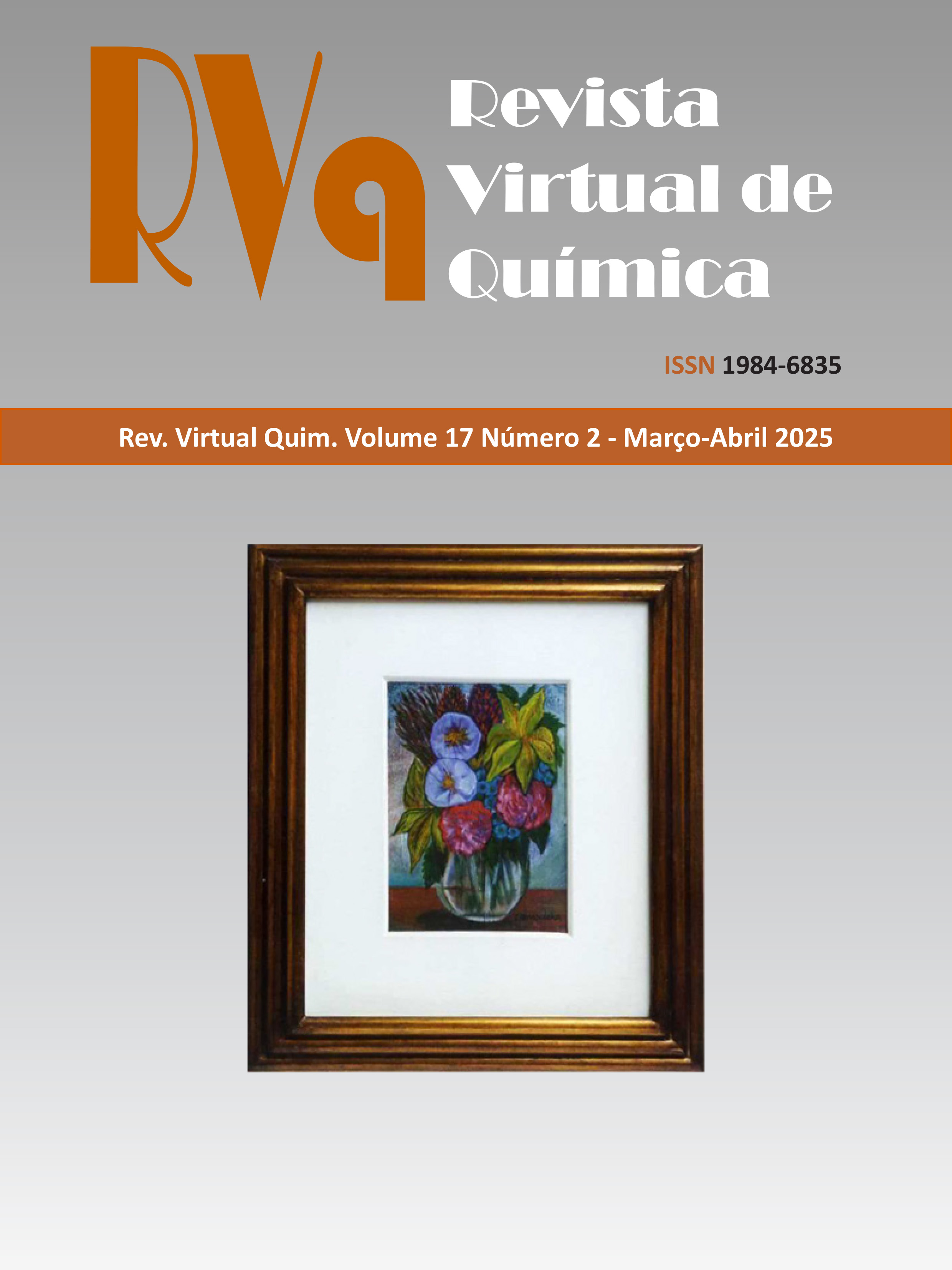Influência da Variação Sazonal na Composição e Biopotencial do Óleo Volátil de Psidium cattleyanum (Myrtaceae) Contra Larvas de Aedes aegypti (Diptera:Culicidae)
DOI:
https://doi.org/10.21577/1984-6835.20240053Resumo
Arboviruses are among the main public health problems in Brazil. Aedes aegypti is the main vector of
some of the most common diseases, such as dengue fever, for example. The efficient option to reduce the
incidence of arboviruses is vector control. To investigate more effective substances with less environmental
impact to control Ae. aegypti, this research investigated the larvicidal potential of P. cattleyanum
volatile oil, evaluating the influence of seasonal variation in chemical composition and its bioactivity.
P. cattleyanum leaves were collected between May/2021 to April/2022 and subjected to hydrodistillation
to obtain the volatile oil. The samples obtained were chemically characterized and grouped according to
similar composition. The bioactive potential of the pooled samples was tested against Ae. aegypti larvae
in third instar. The main components observed in the volatile oil were 1,8-cineole and β-caryophyllene.
It was observed a higher percentage of monoterpenes in dry periods (cluster I) and in rainy periods
(cluster II) a predominance of sesquiterpenes. Greater larvicidal potential was observed in samples with a
predominance of monoterpenes. These results showed that the volatile oil of P. cattleyanum has larvicidal
potential against Ae. aegypti variable depending on the meteorological condition. This information is
useful for planning new studies.
Downloads
Publicado
Edição
Seção
Licença
Copyright (c) 2025 Revista Virtual de Química

Este trabalho está licenciado sob uma licença Creative Commons Attribution-NonCommercial-NoDerivatives 4.0 International License.
Autores que publicam nesta revista concordam com os seguintes termos:
Os direitos autorais para artigos publicados nesta revista são do autor, com direitos de primeira publicação para a revista. Em virtude do acesso público, os artigos são de uso gratuito em aplicações educacionais e não-comerciais desde que com reconhecimento da autoria e da publicação nesta revista.

